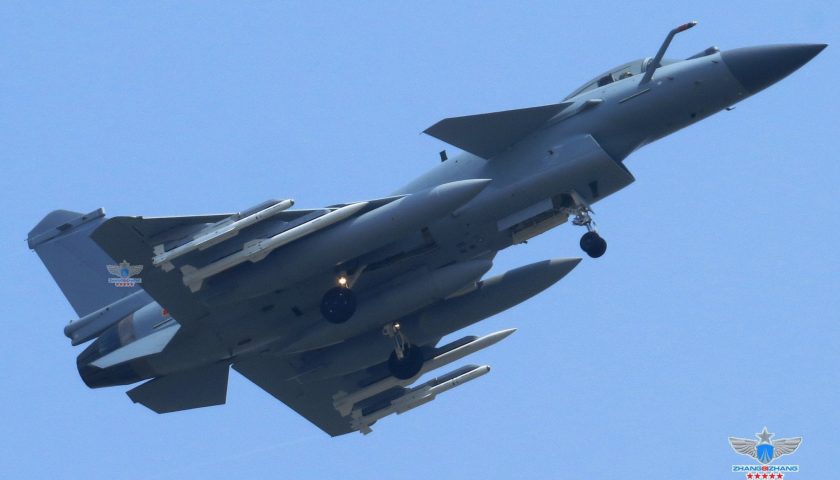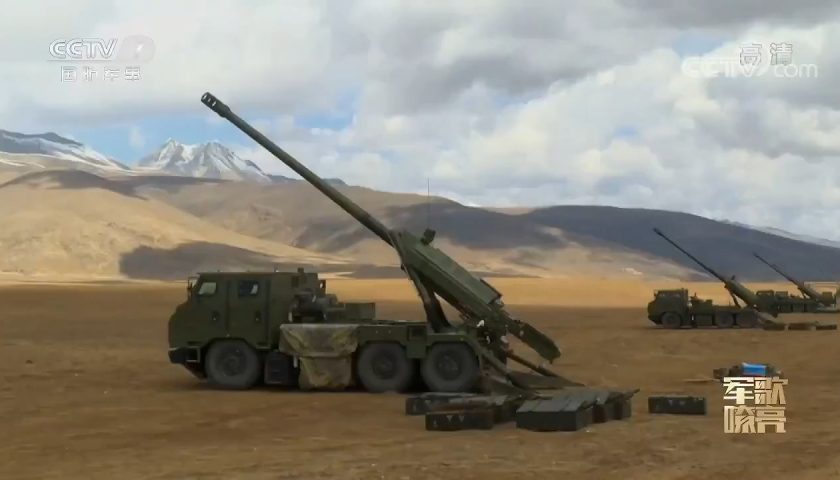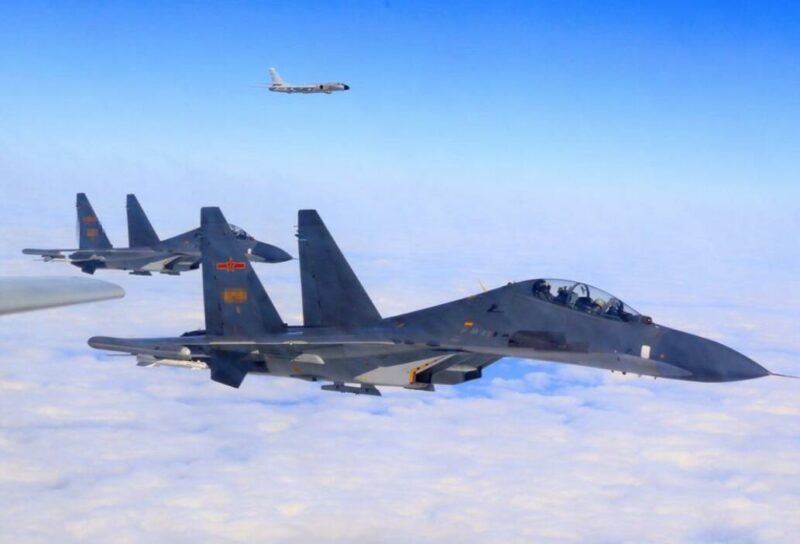If today, China remains outclassed by the United States, it could well, by 2035, become the first military superpower on the planet, relying on four effectively mastered pillars.
With 2 million soldiers, less than 3000 modern tanks, a thousand 4th generation combat planes and only two aircraft carriers and around thirty destroyers, the Chinese armies are, on paper at least, far from representing an adversary potential beyond the reach of the United States, let alone the Western camp as a whole.
However, the military construction undertaken by Beijing for about thirty years is today the obsession of American soldiers and strategists, to the point that all the material and doctrinal evolutions undertaken across the Atlantic over the past ten years only target to contain the rise of the Chinese armies.
Indeed, beyond the instantaneous perception of Beijing's forces today, China relies on 4 strategic pillars which could, if carried out correctly, make the country the world's leading military power by 2035. , and give it strategic advantages that will be very difficult for the United States and its allies to counter.
1- An ambitious but measured technological strategy;
Throughout the Cold War, Western strategy aimed to neutralize the numerical superiority of the Soviet forces and its Warsaw Pact satellites, relying, in large part, on a technological advantage sufficient to act as a multiplier. of strength.
The Gulf War of 1991 confirmed, in a way, the relevance of this doctrine, the coalition forces having swept the Iraqi armies using mainly Soviet equipment in just a few weeks of air campaign and 100 hours of ground combat, even though the coalition ground forces were numerically on par with the Iraqi armies.
For the United States, and a large part of their allies, it was demonstrated that technological superiority brought a net operational advantage, and could compensate for a numerical weakness to a certain extent.
This is how, across the Atlantic, a technologist euphoria seized the Pentagon, with the development of numerous programs with disproportionate ambitions which ended in bitter failures, such as the Zumwalt destroyers, the Comanche combat helicopter or the numerous attempts to replace the M2 Bradley

Chinese strategists, too, learned valuable lessons from this war. For them, if they should one day to confront the Western armies, it was necessary to neutralize the technological gradient of these forces beforehand, not by trying to develop more efficient equipment than the United States or the Europeans, but by equipping themselves with equipment sufficiently close to theirs, so that the coefficient multiplier, which played at full capacity during the Gulf War, finds itself neutralized.
It is therefore not surprising to note that the J-10 single-engine fighter offers performances and capabilities very close to those of the F-16 and the Mirage 2000, that the J-11 approaches those of the F-15 and that the J-16 has very little to envy the F-15E. As for the J-20, like the J-35 currently being tested, they will probably not equal the F-22 or the F-35, but they will not allow these aircraft to take a decisive advantage either.
In fact, over the past 15 years, many new Chinese equipment have clearly been inspired in design and performance by those constituting the bulk of Western forces, such as the Z-20 helicopter vis-à-vis the UH-60 Black Hawk and its naval version MH-60 Romeo, the Y-20 transport plane vis-à-vis the C-17, the Type 052D destroyer vis-à-vis the Arleigh Burke destroyers, or even the radar plane embarked KJ-600 vis-à-vis the E-2D Hawkeye.
Moreover, the United States is not the only source of “inspiration” for engineers in Beijing, as demonstrated by the PCL-181 truck-mounted cannon inspired by the French CAESAR. More recently, we have been able to observe a certain shortening of the Chinese response time vis-à-vis Western innovations, for example the presentation of a copy of the XQ-58A Valkyrie combat drone even though the latter is still only at the prototype stage.

China obviously does not refrain from making certain decisive technological breakthroughs, as in the case of hypersonic weapons for example, but the essence of its strategy today is indeed based on the neutralization of the Western technological gradient, so as to deprive the United States of this asset worth a multiplier of forces in the event of confrontation.
Moreover, in order not to trigger an arms race like those experienced by the United States and the Soviet Union in the 50s, Beijing remains quite measured in its ambitions, never seeking to overexploit its advantage, digitally understood. At least for now.
2- Exemplary operational and industrial planning
If China does not want to make defense technology a decisive asset, but simply neutralize this asset in the hands of Westerners, it is because it has other much more exclusive assets. The first of these is none other than the exceptional quality of its operational and industrial defense planning for some thirty years now.

The rest of this article is for subscribers only
The Classic subscriptions provide access to
all articles without advertising, starting at € 1,99.
Newsletter subscription
Register for the Meta-Defense Newsletter to receive the
latest fashion articles daily or weekly


[…] […]
[…] new term of President Xi Jinping. To back up its predictions, the NOC specified that China had, so far, perfectly adhered to its ramp-up schedule, and that there was nothing to suggest that it would be different in the years to come. And […]
[…] September 27, 2022 […]
[…] considerable financial resources, as well as a population of 1,4 billion people, including 25 million supernumerary men aged 20 to 40, and now industrial and technological capacities coming close to those of the […]
[…] the estimates expressed by senior Australian military and political officials, or the analyzes published on our site, all indicate that beyond 2027, the American armies will not be able, at best, […]
[…] If today, China remains outclassed by the United States, it could well, by 2035, become the first military superpower on the planet, […]